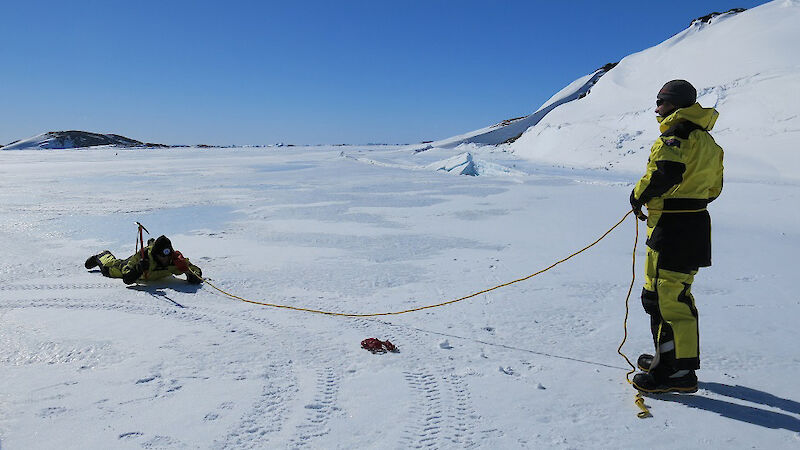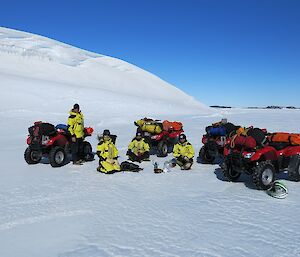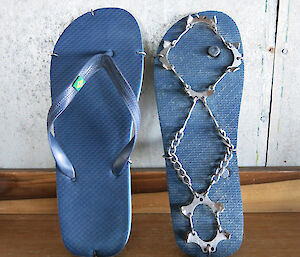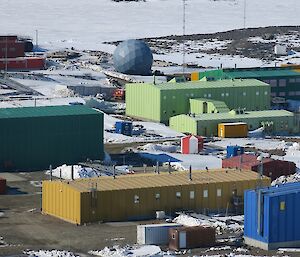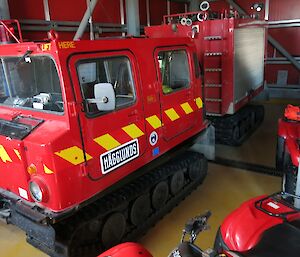12 November
The first group of scientists arrived at Davis yesterday. Petra and I were part of a small team that was flown over from the ship in the morning. We got an induction to the station and had a first look at the laboratories. The rest of the sea-ice team should arrive tomorrow and we expect our containers with science equipment to be transported to the station the day after.
Arriving at the station by helicopter flight was fantastic. The station was barely visible from the ship, but then blue, red, green and yellow buildings appeared on the shoreline. From a distance the station looked like a few LEGO pieces, but as we got closer we had a great aerial overview of the station’s overall set-up.
We were greeted by the 24-person wintering team with big smiles. On our arrival most of them were eating fresh apples that had arrived with the first helicopter flight — the first fresh fruit for them in many months.
After a cup of tea we were shown around the station, which reminds me of a small town. It includes a canteen, living quarters, medical facilities, a library, a power station, stores, mechanical workshops, laboratories and a fire station.
We moved into our rooms and caught up with the station personnel after dinner. We talked about their winter, our time on the ship, and upcoming projects. I was impressed to find a pair of thongs equipped with boot-chain spikes — Antarctic ingenuity.
After a good night’s sleep in our own rooms, we started our second day with sea-ice training. We got equipped with our field packs and our field trainer, Marty, took us on the ice to show us techniques to rescue people broken through the ice.
We also made a quad trip around Anchorage Island and had a first look at our field-site. We choose the site based on information on water depth, fast ice persistence into summer, as well as distance to the station and the ship.
We made a few test holes and measured snow and ice thickness. Both look very good for the work that we have planned for the next four weeks. We also set up flags so that people know where we are working and do not disturb the snow and ice at our site when travelling on the sea ice.
Once the rest of our team arrive we’ll unload our science gear container.
Klaus Meiners — Chief Investigator

